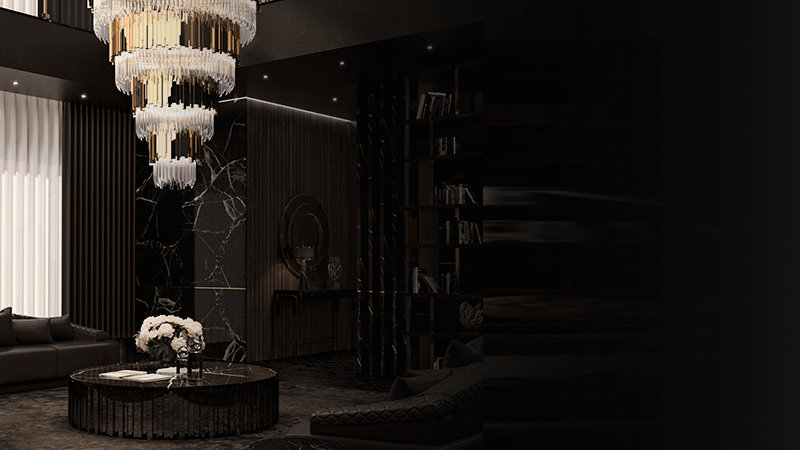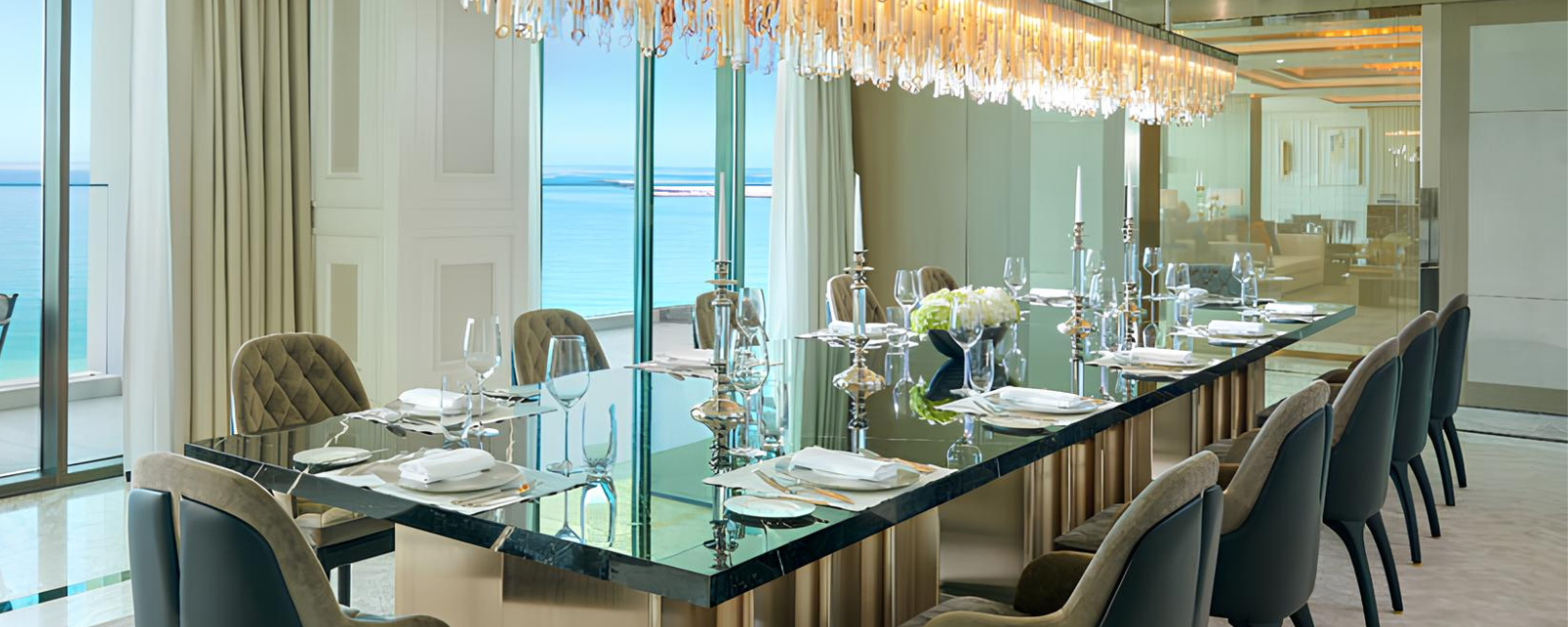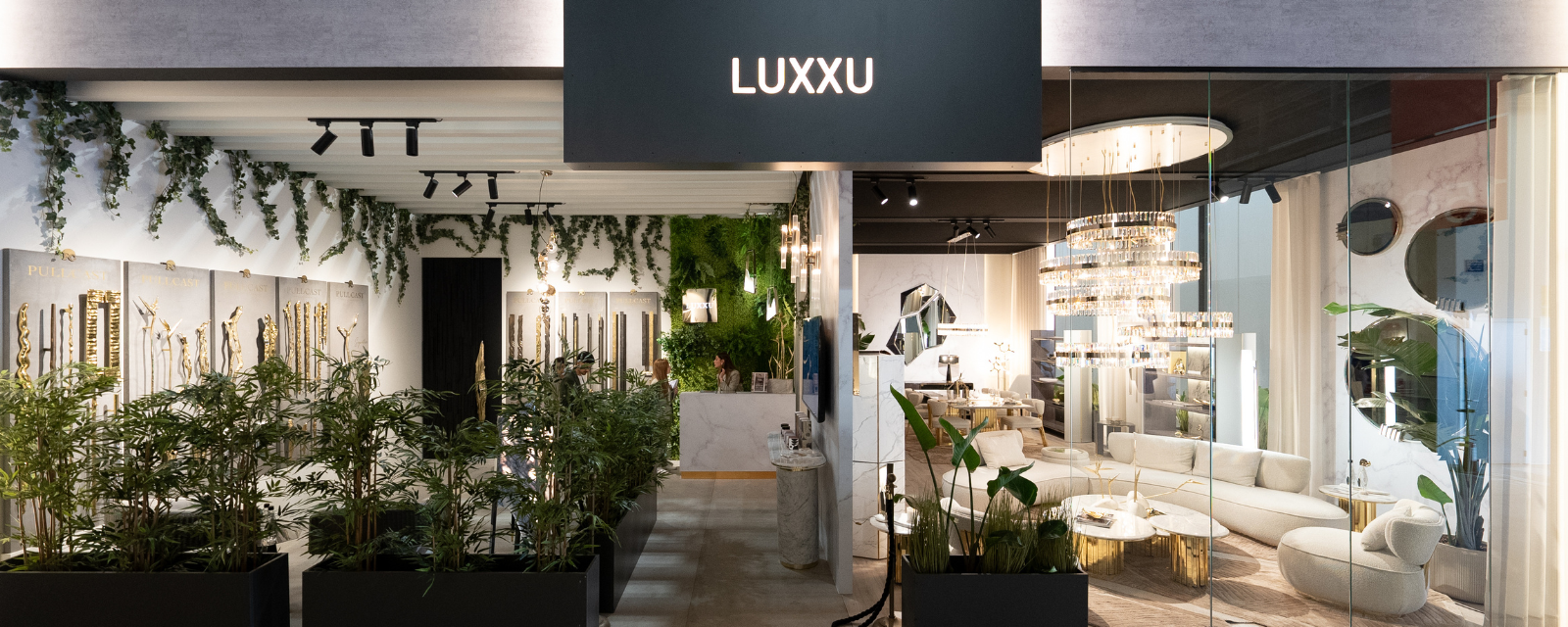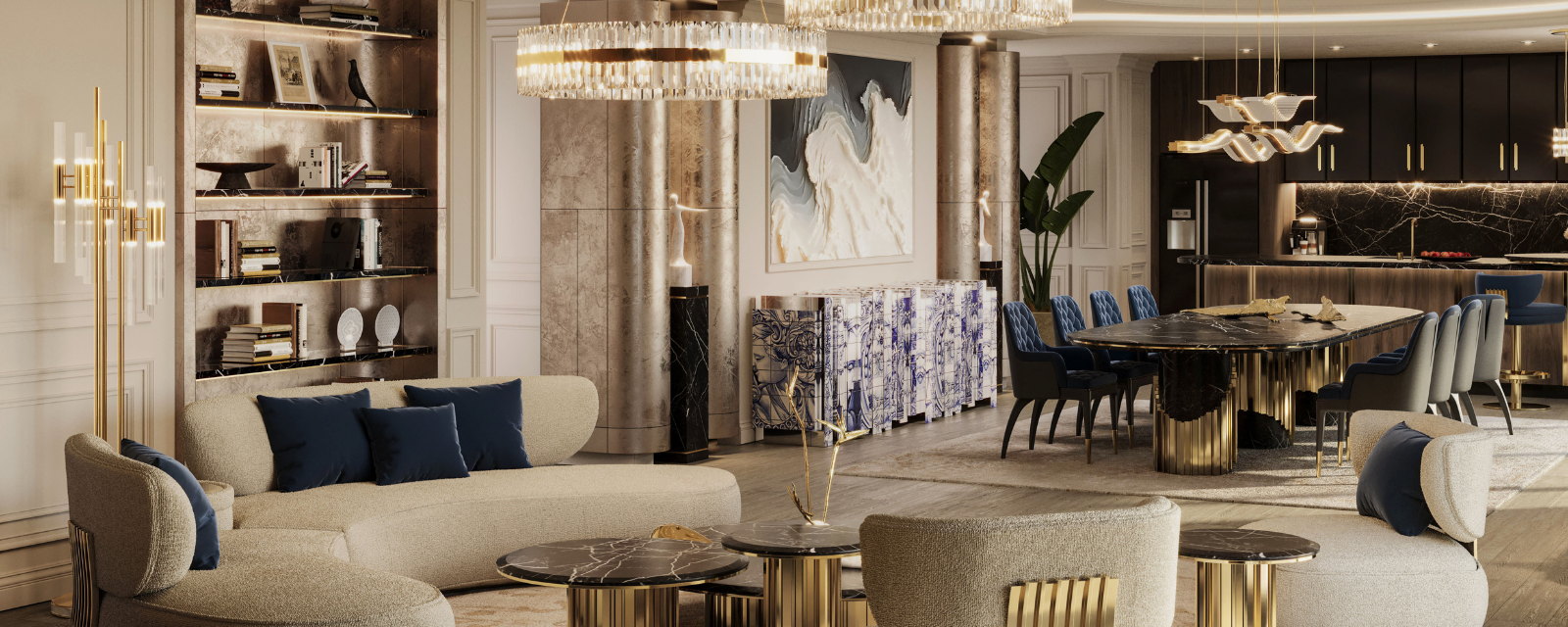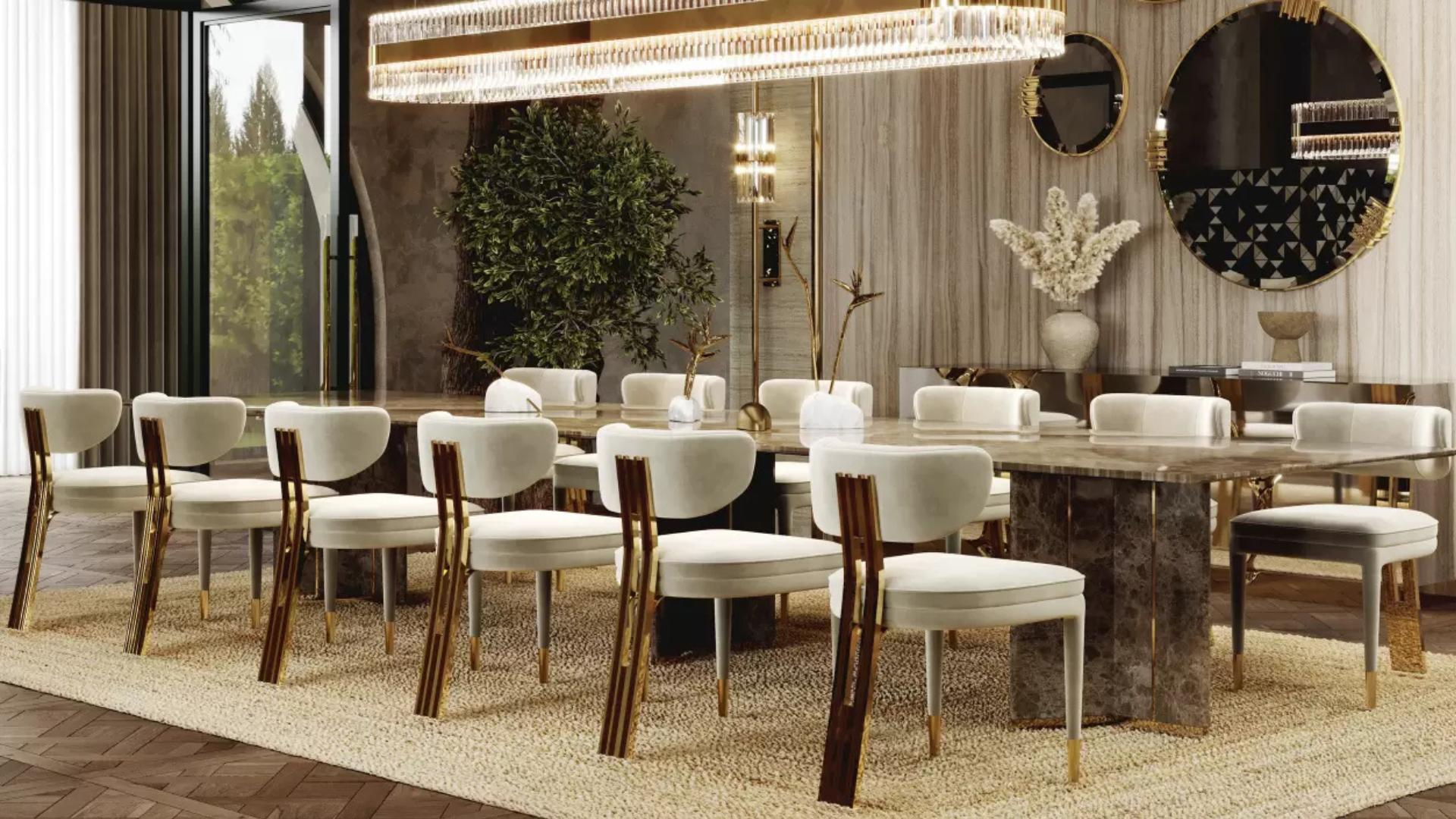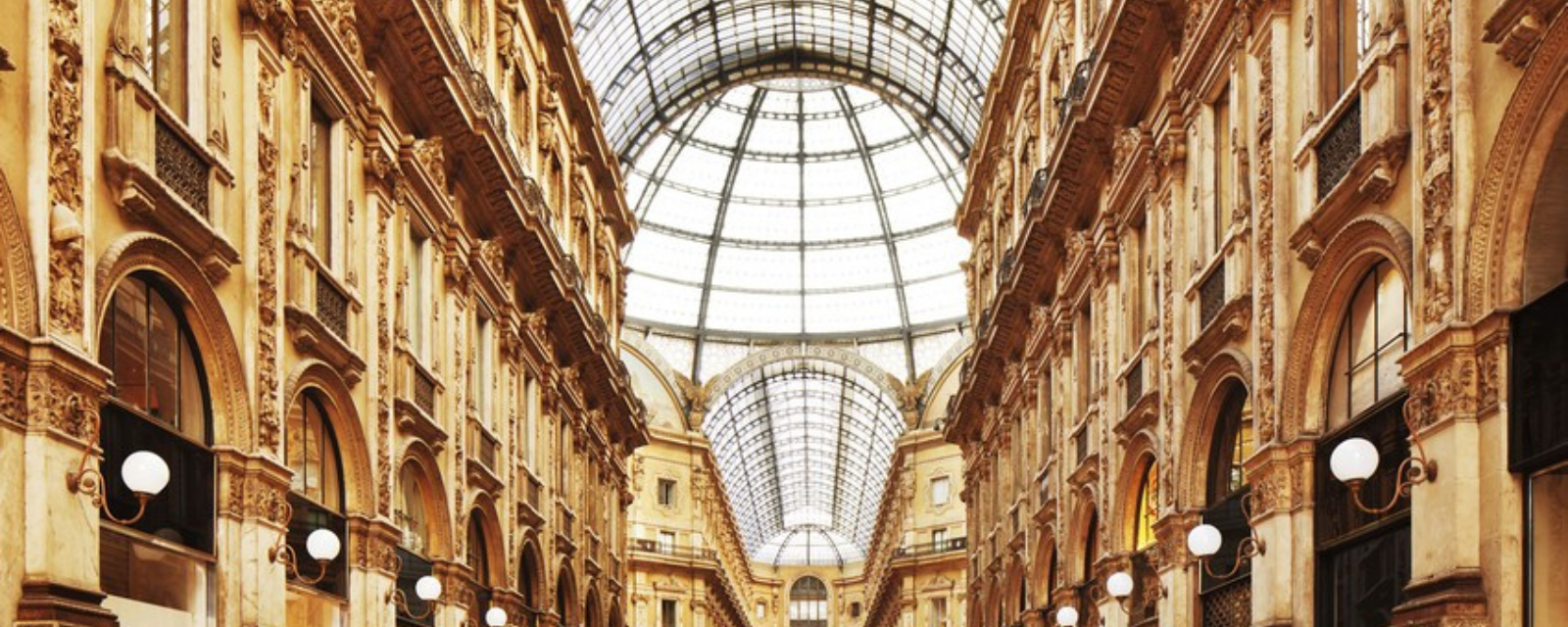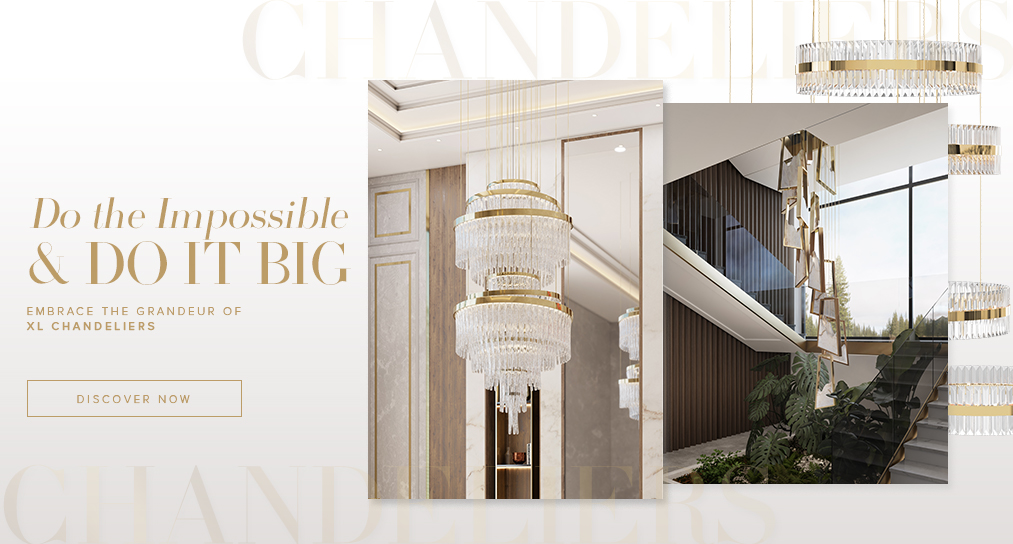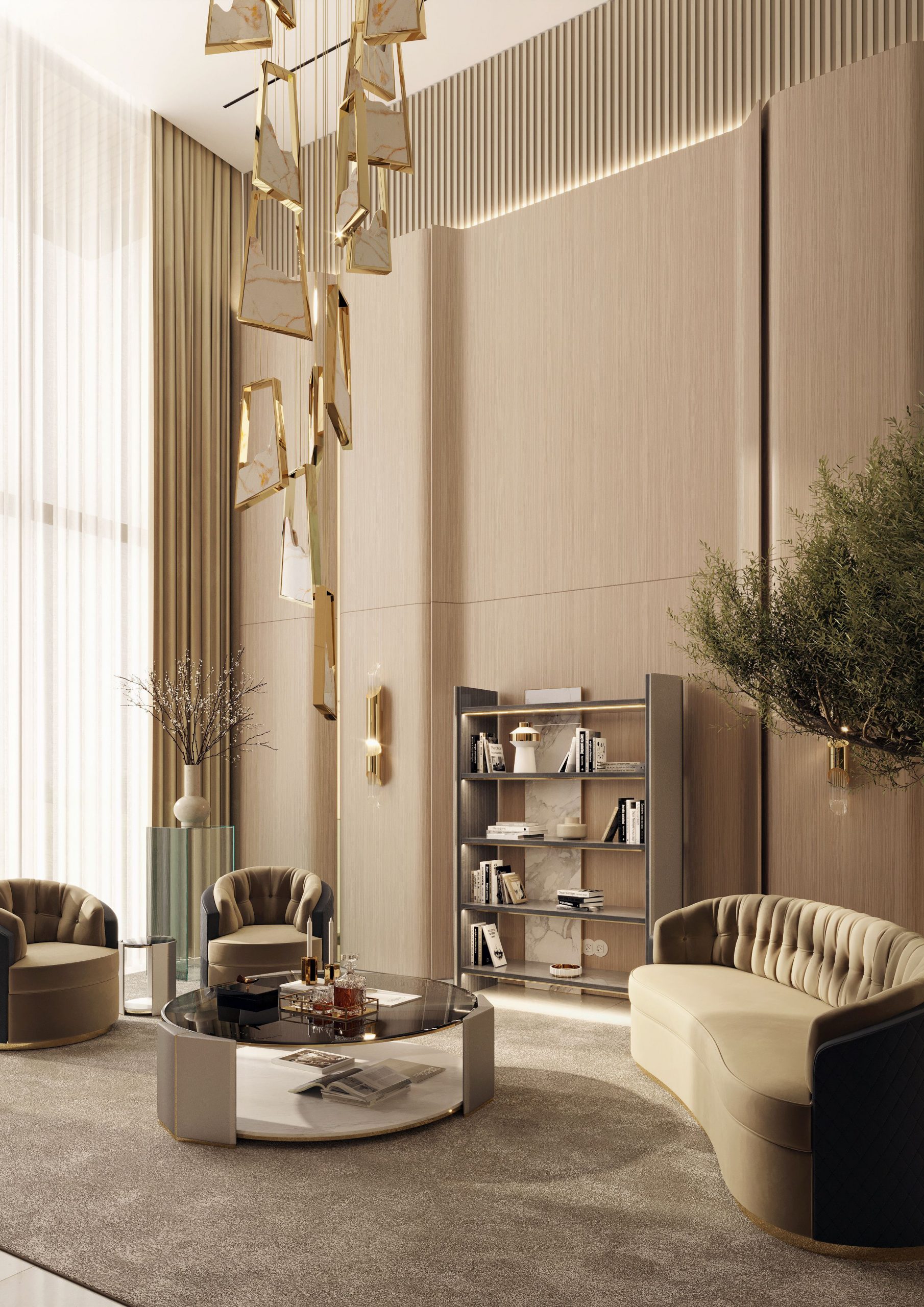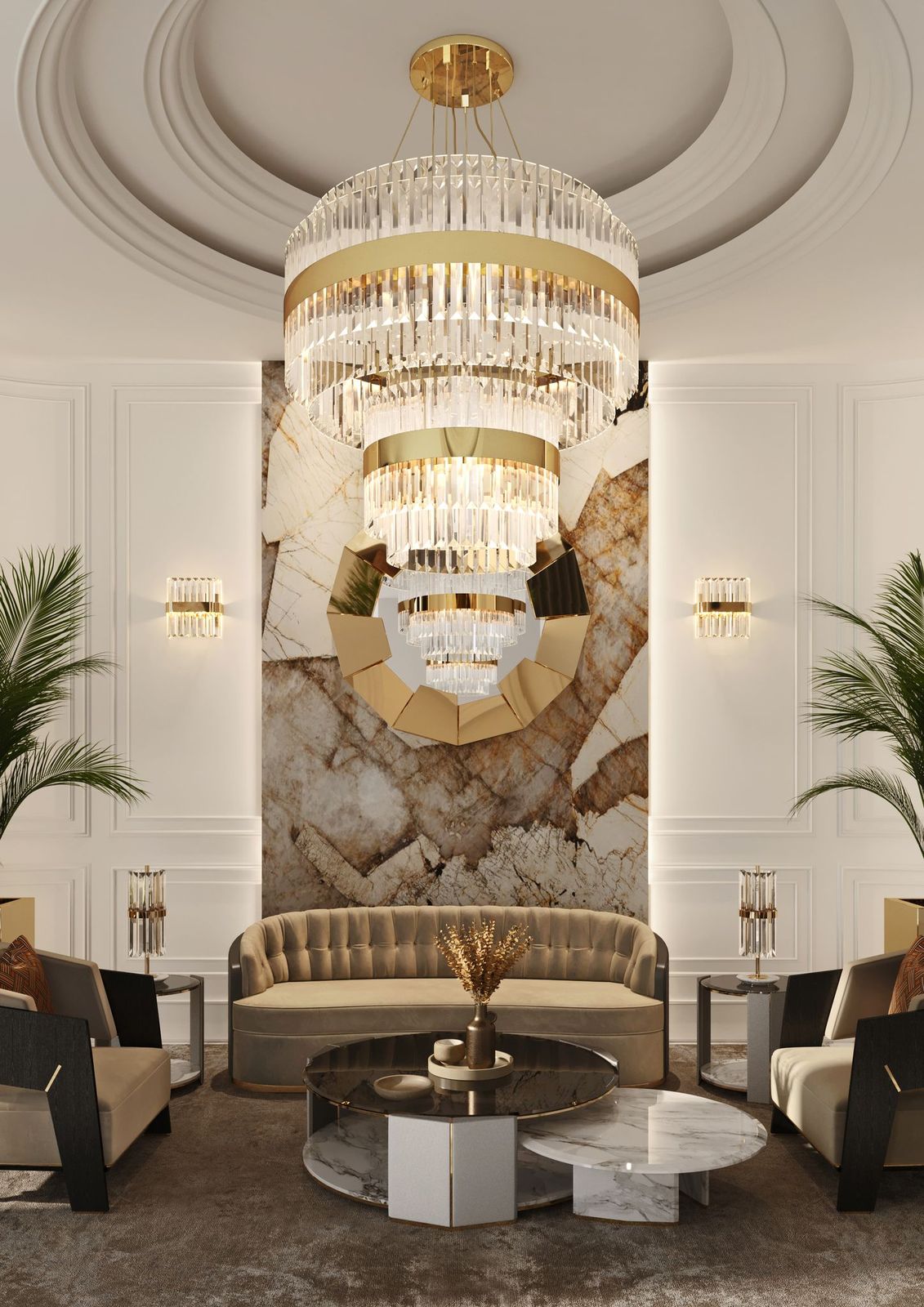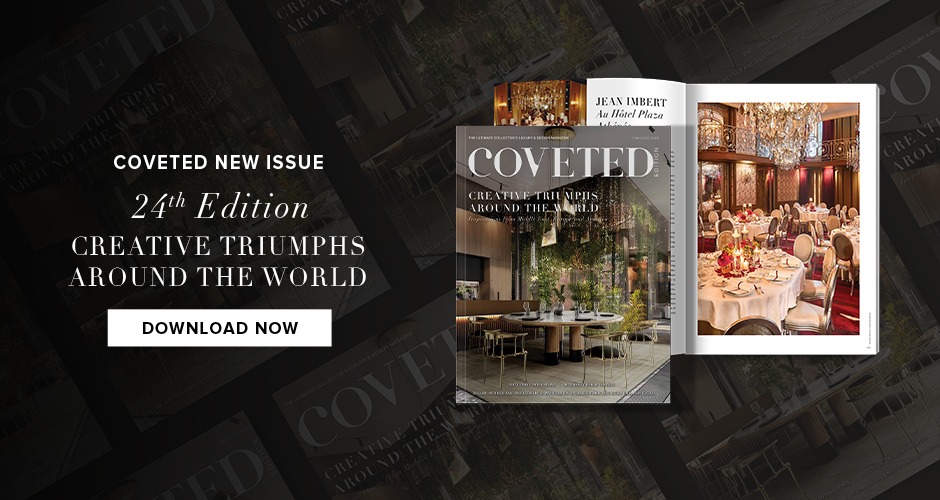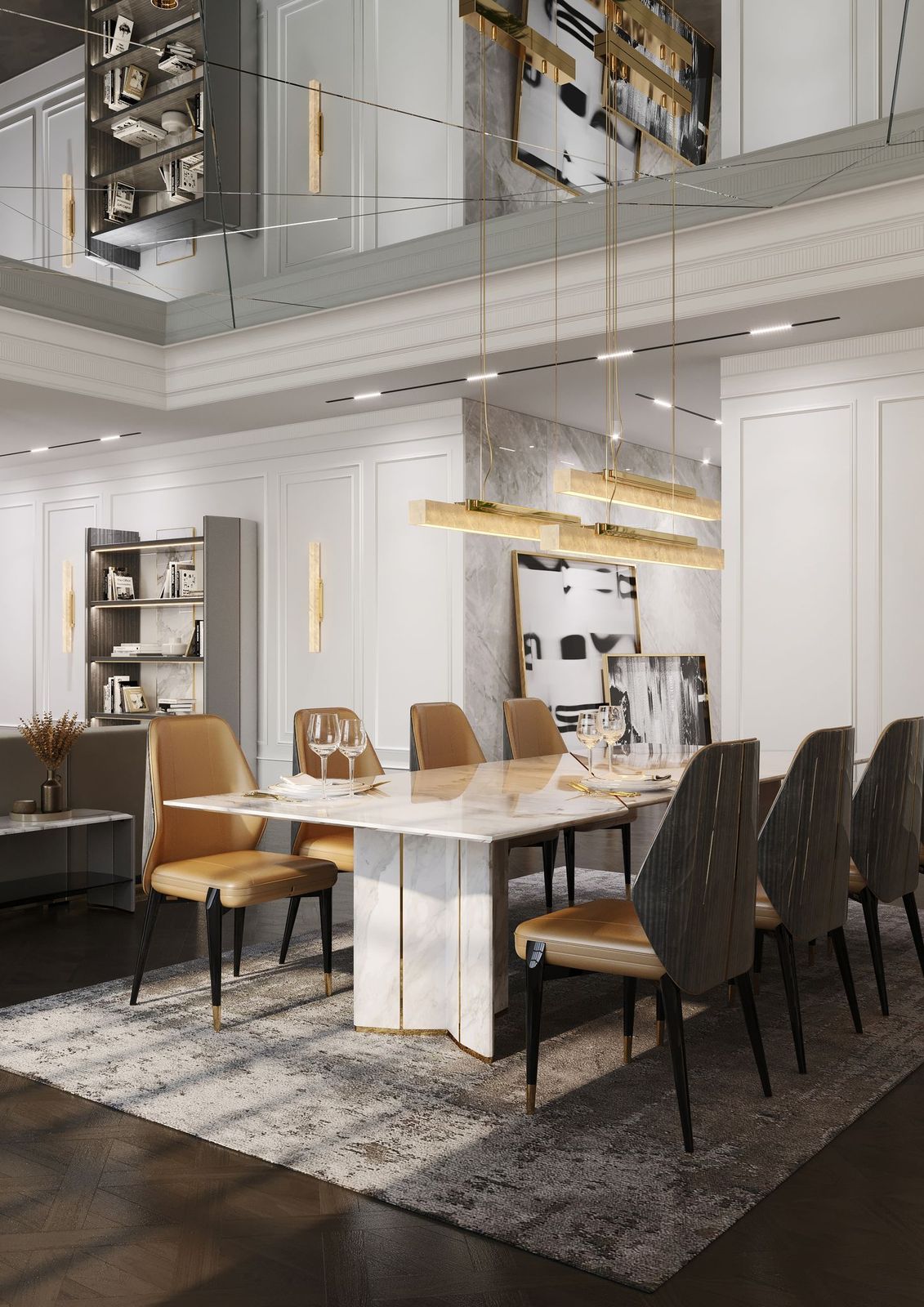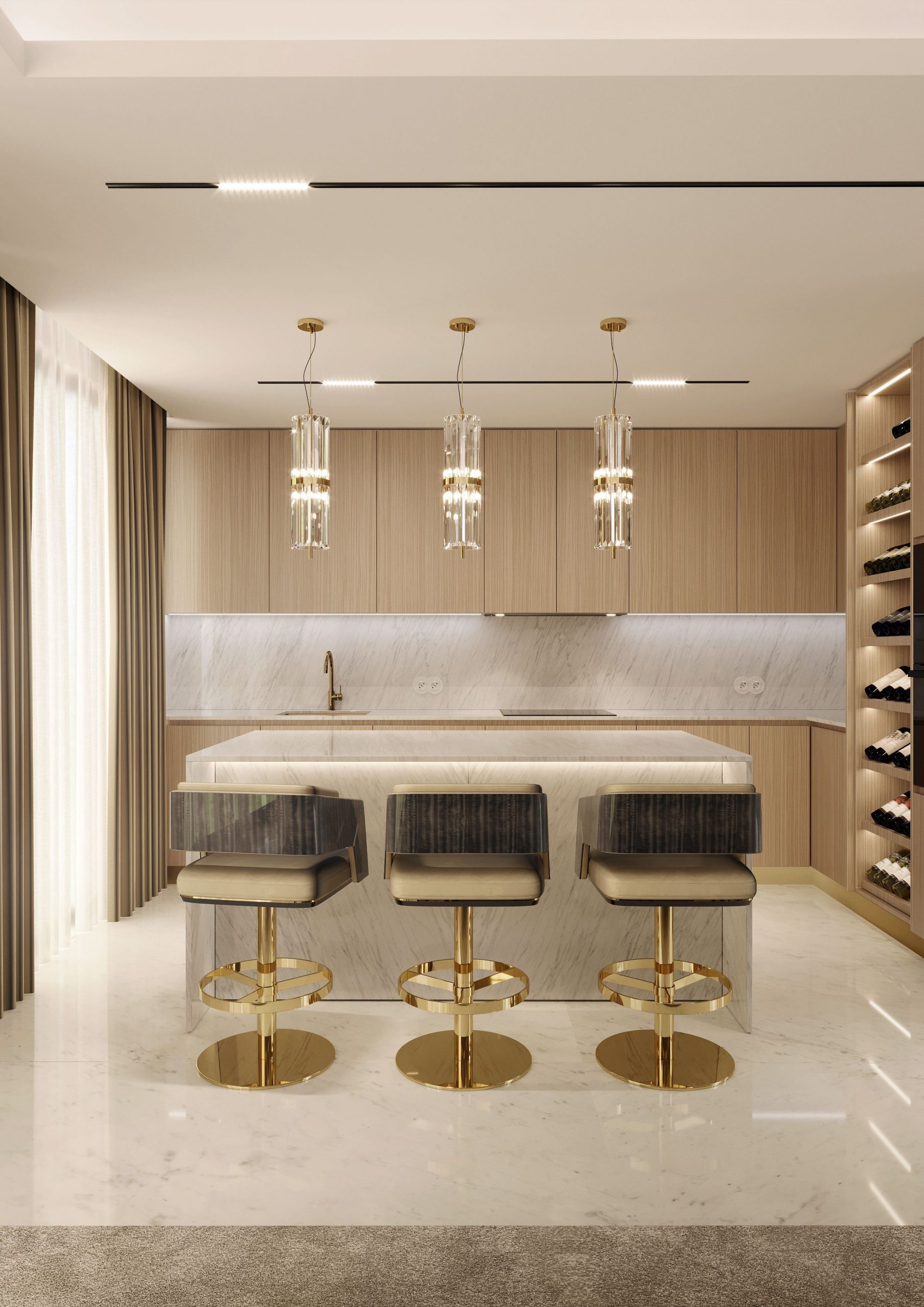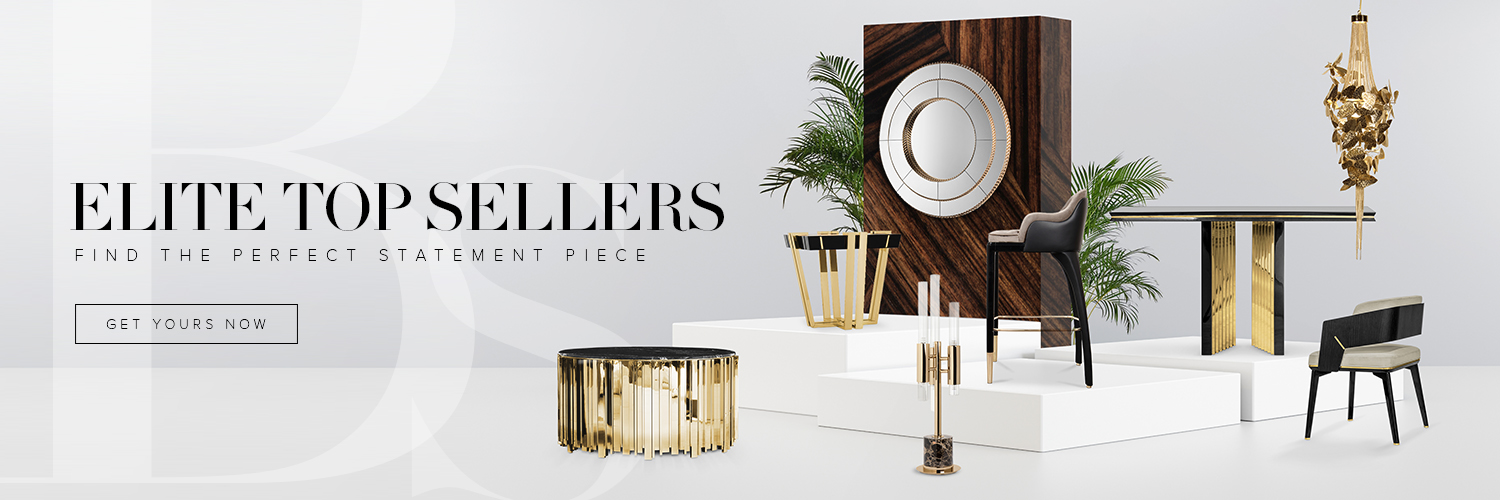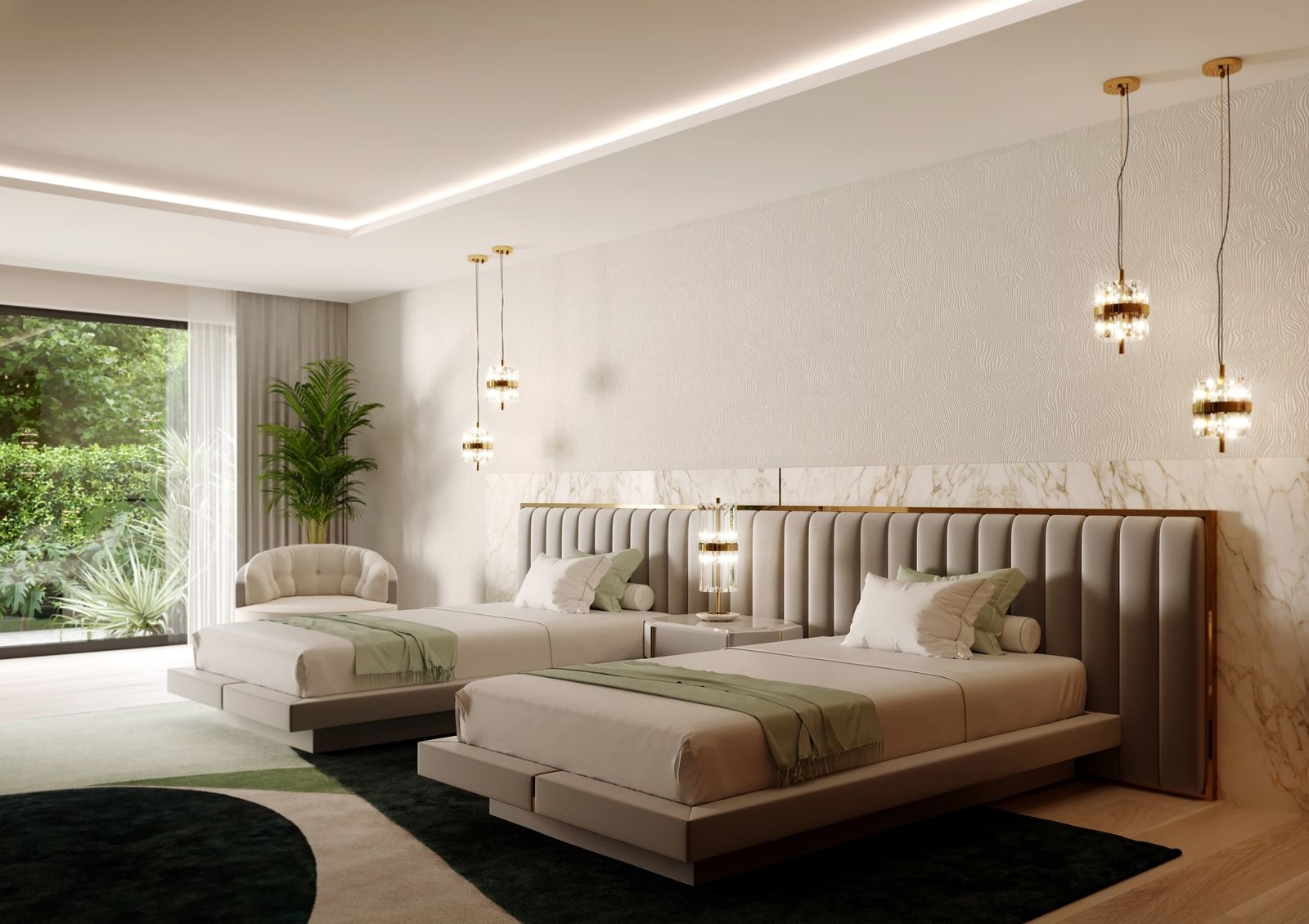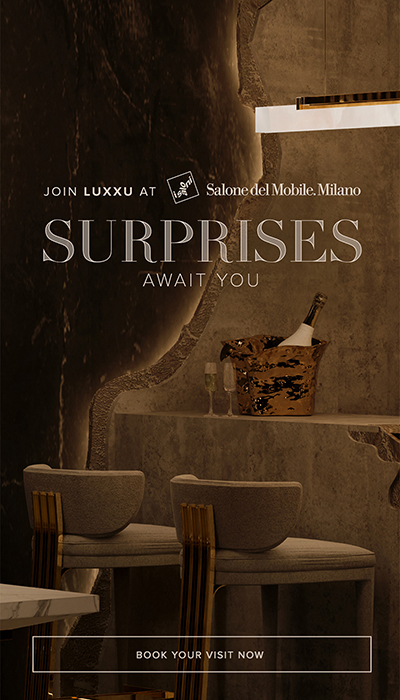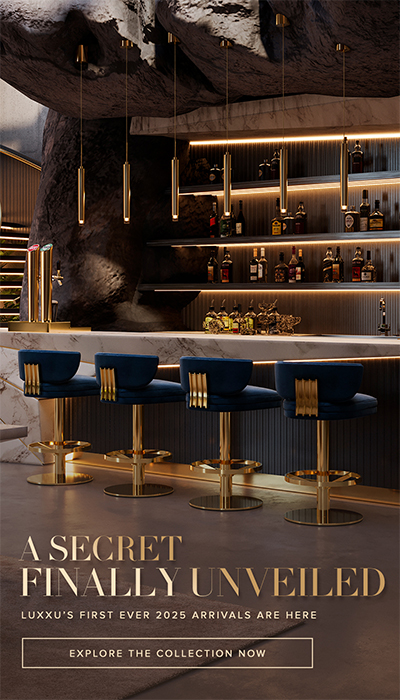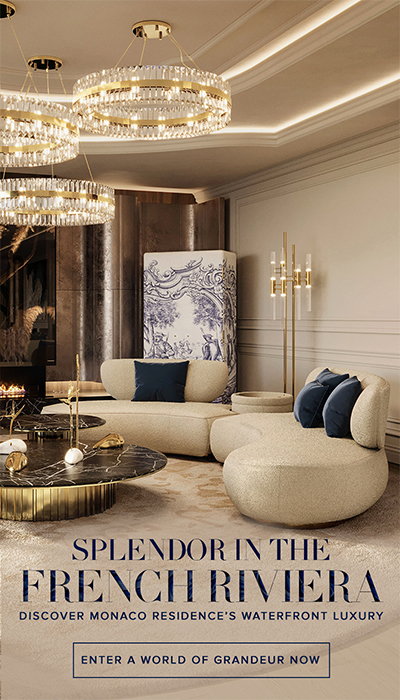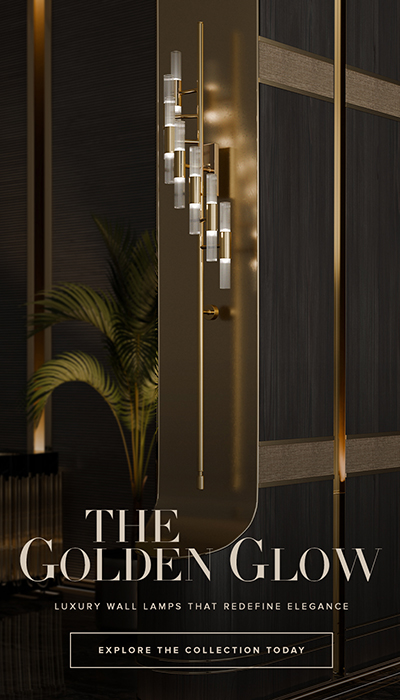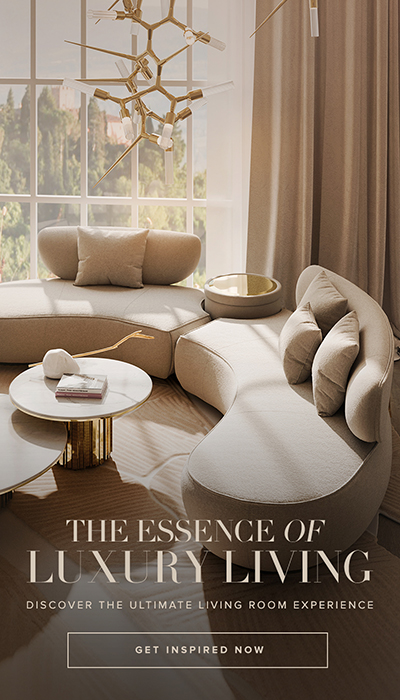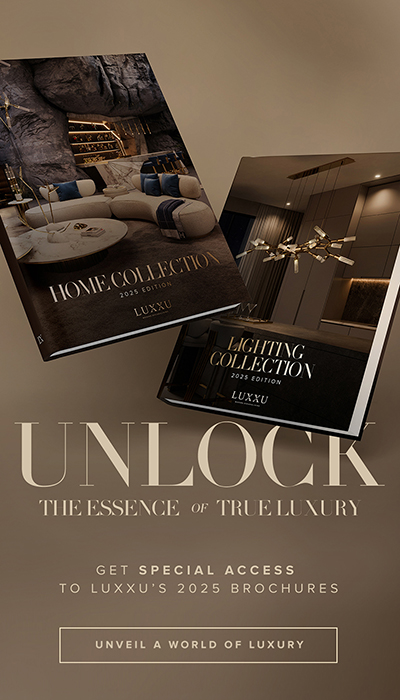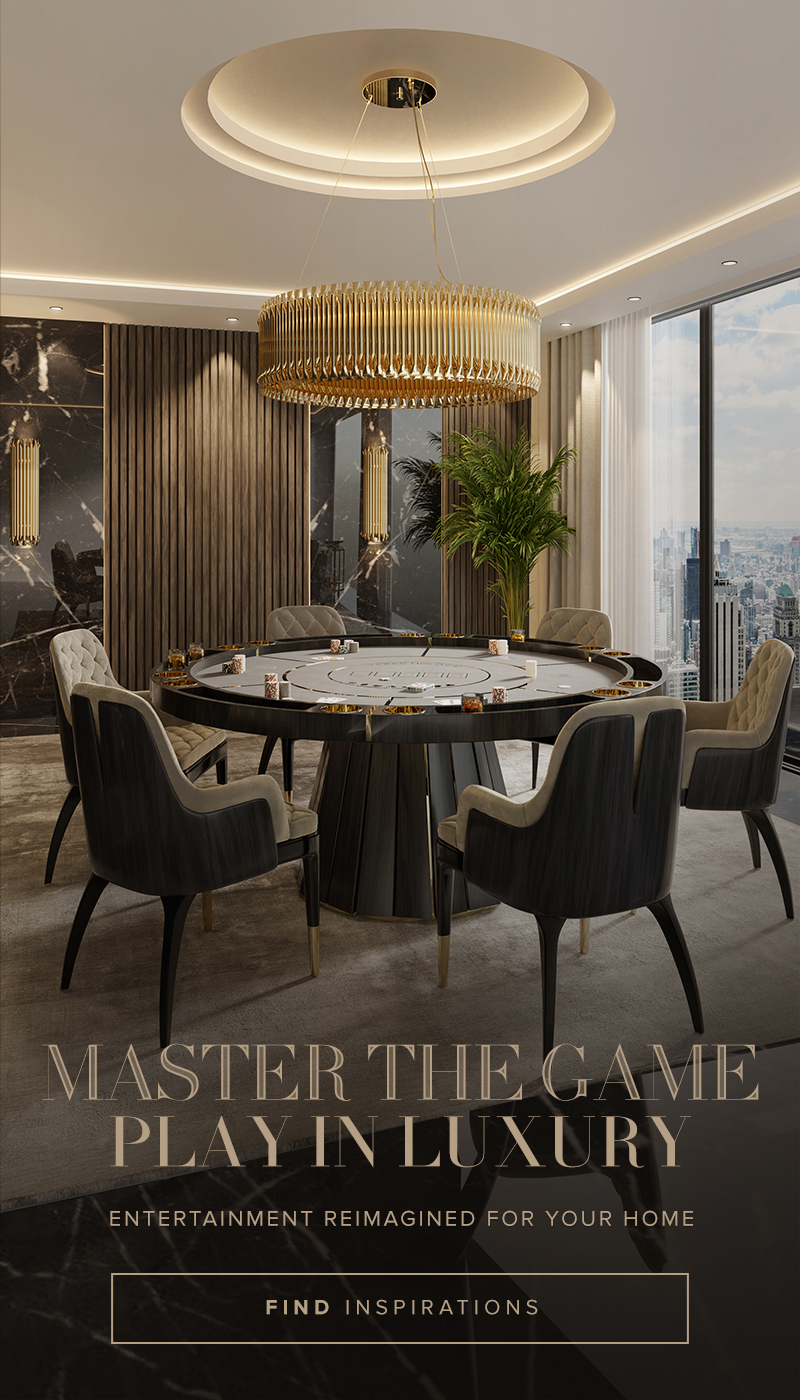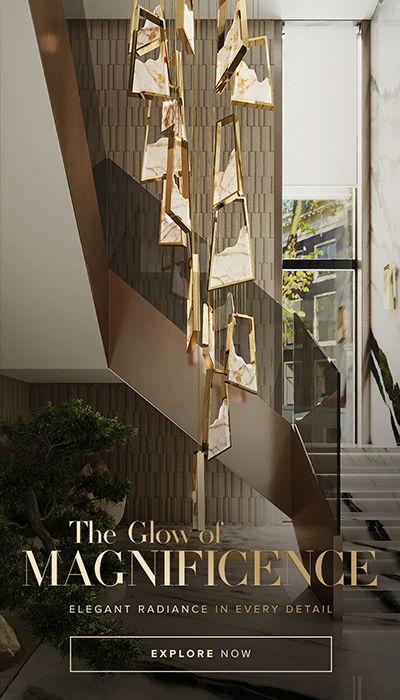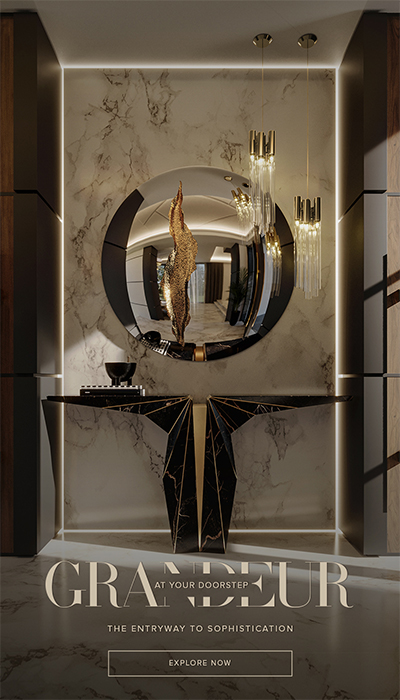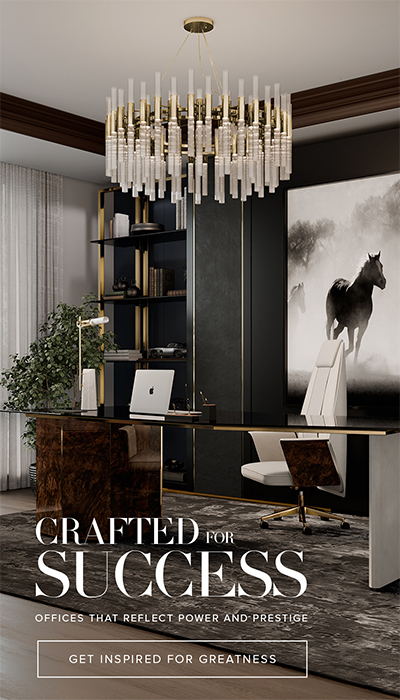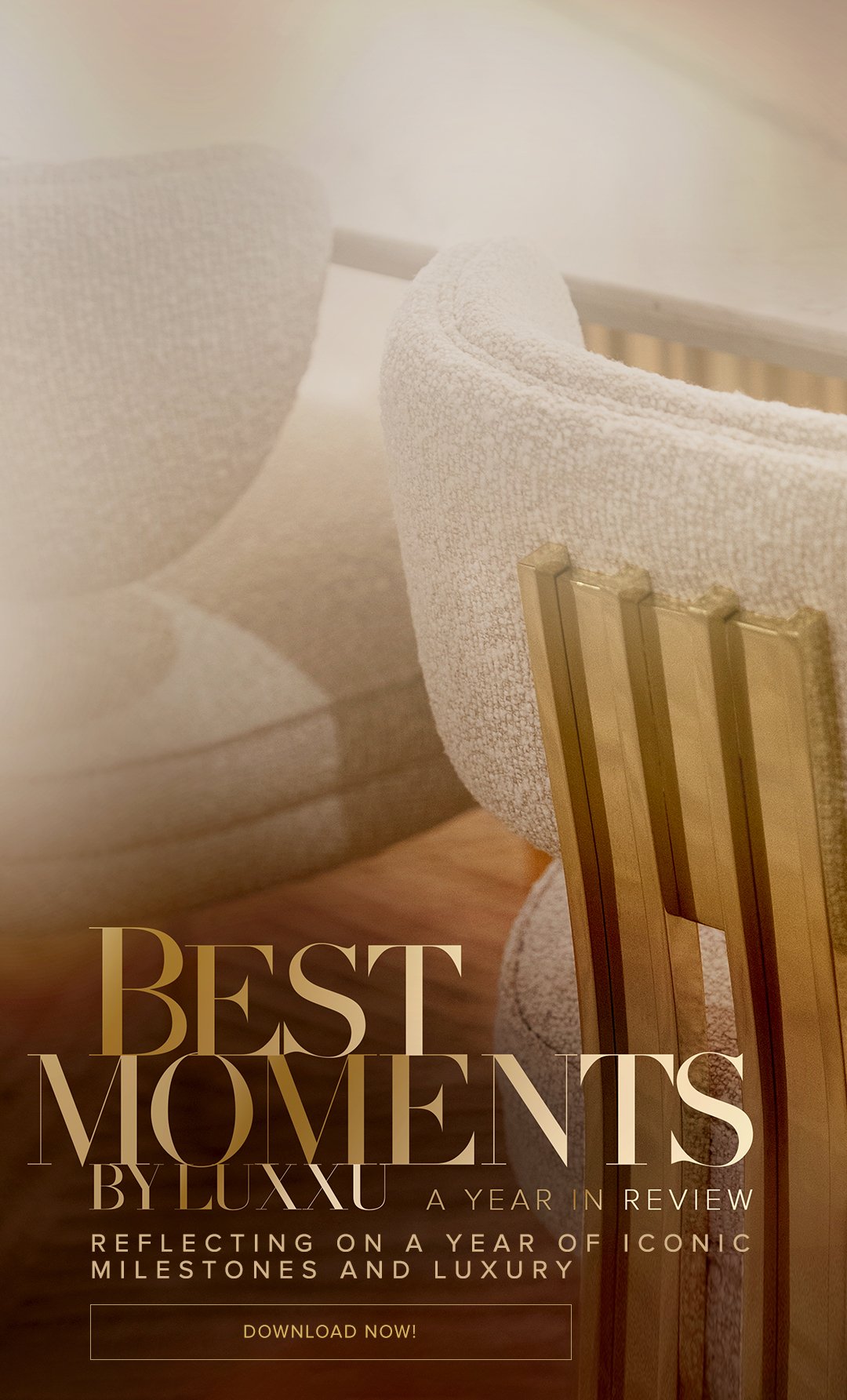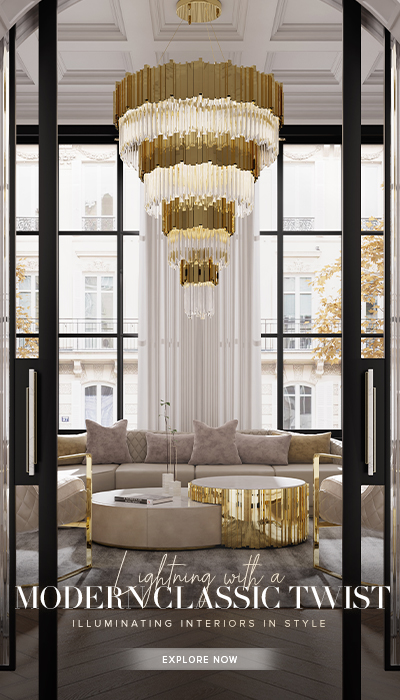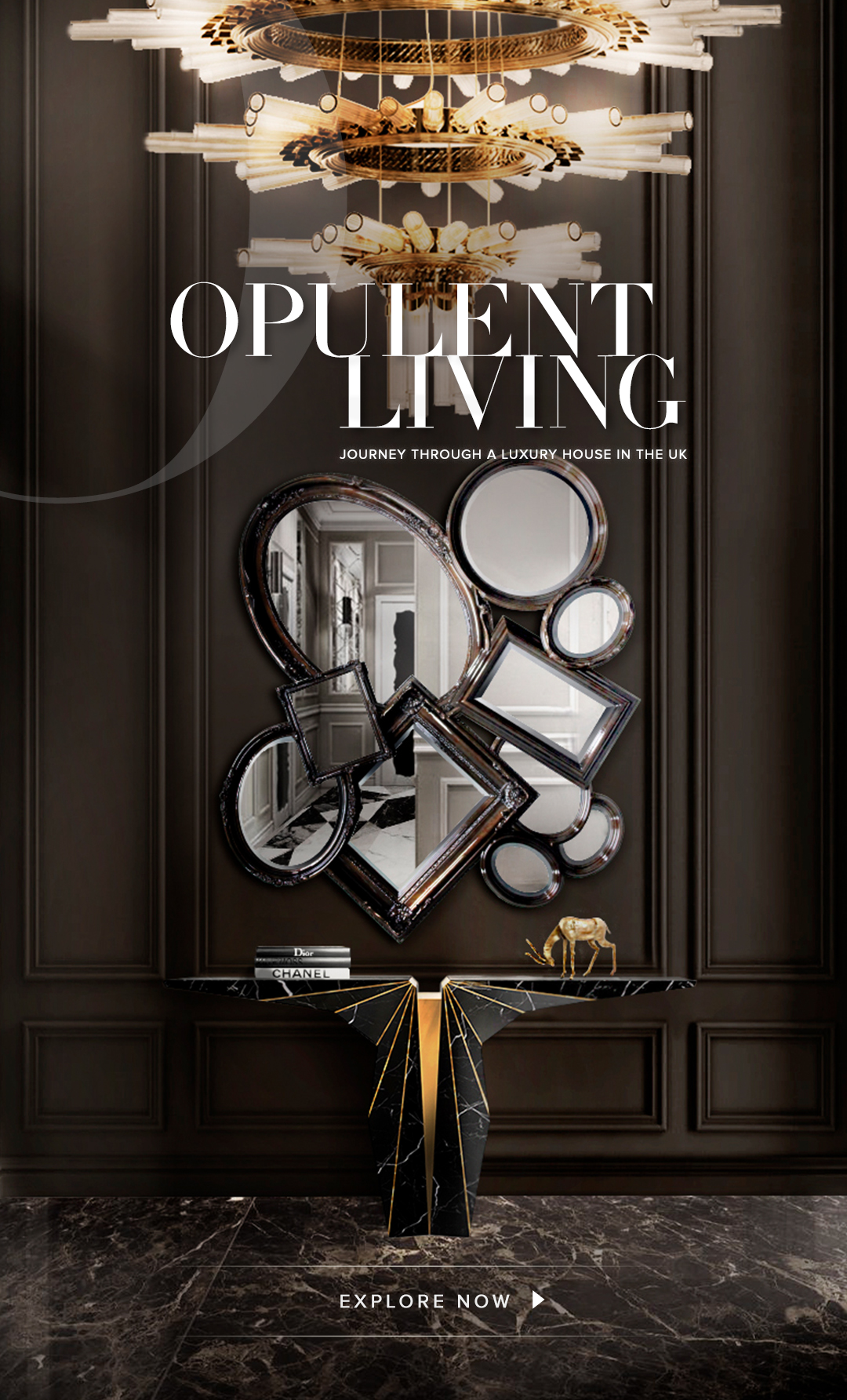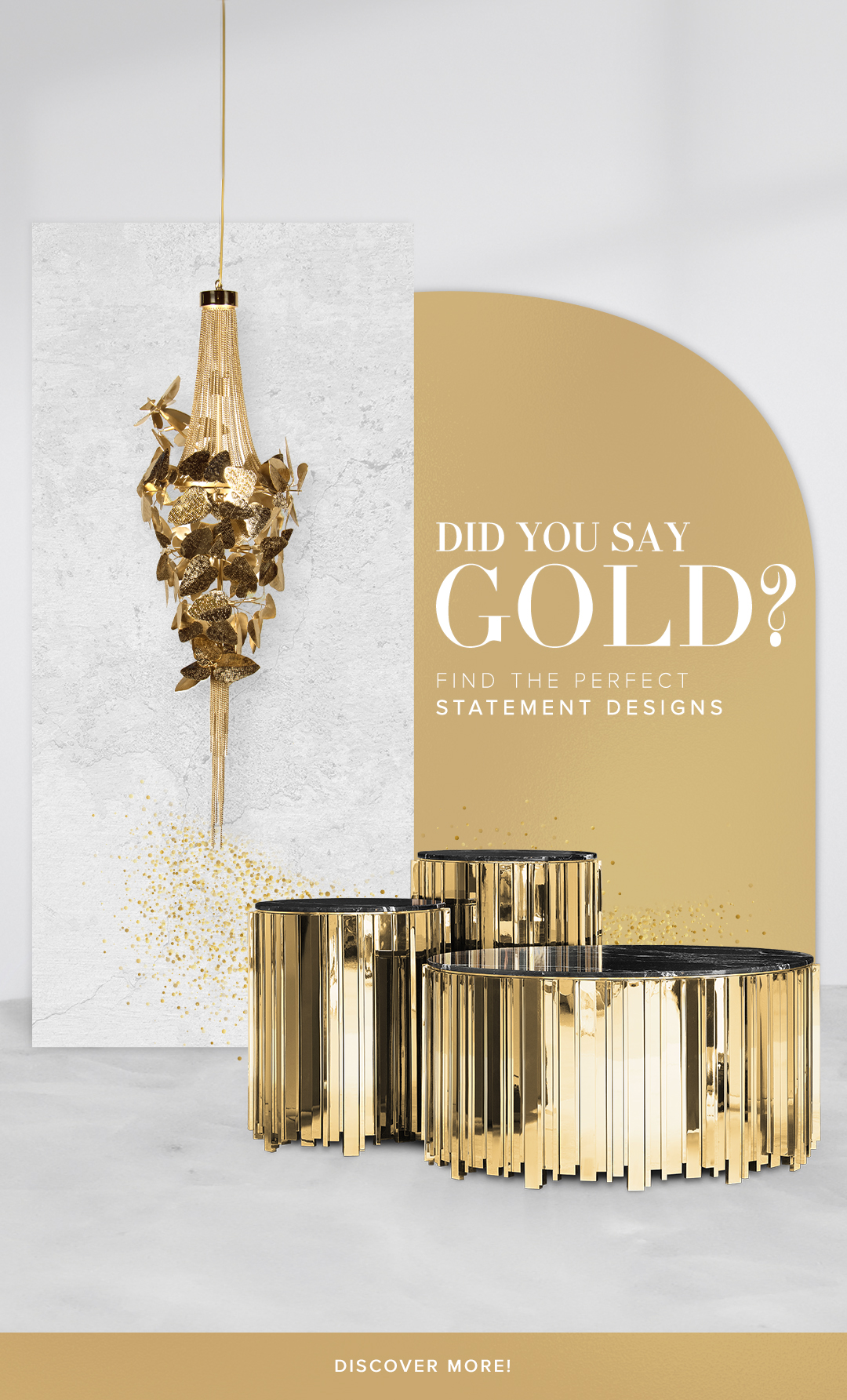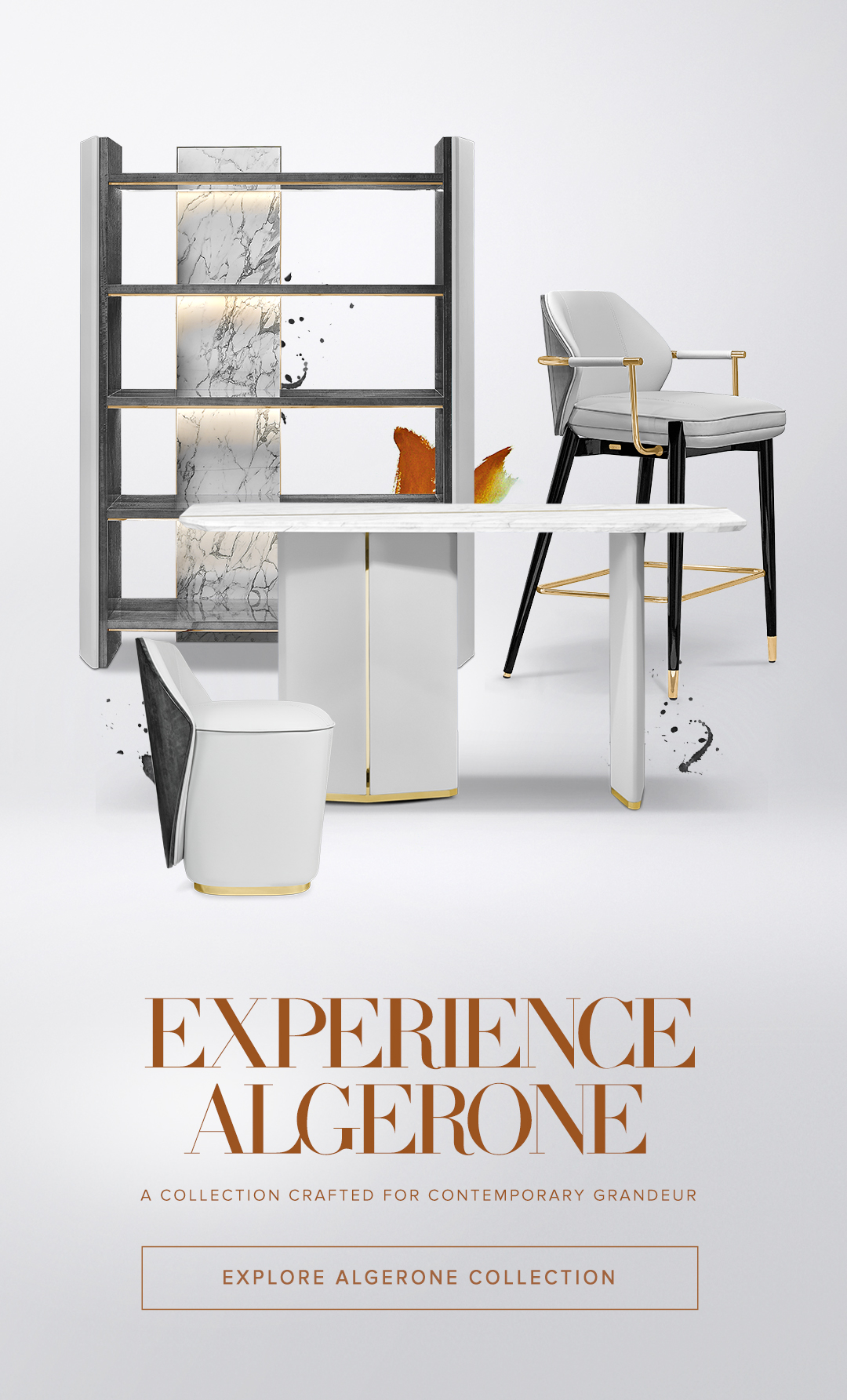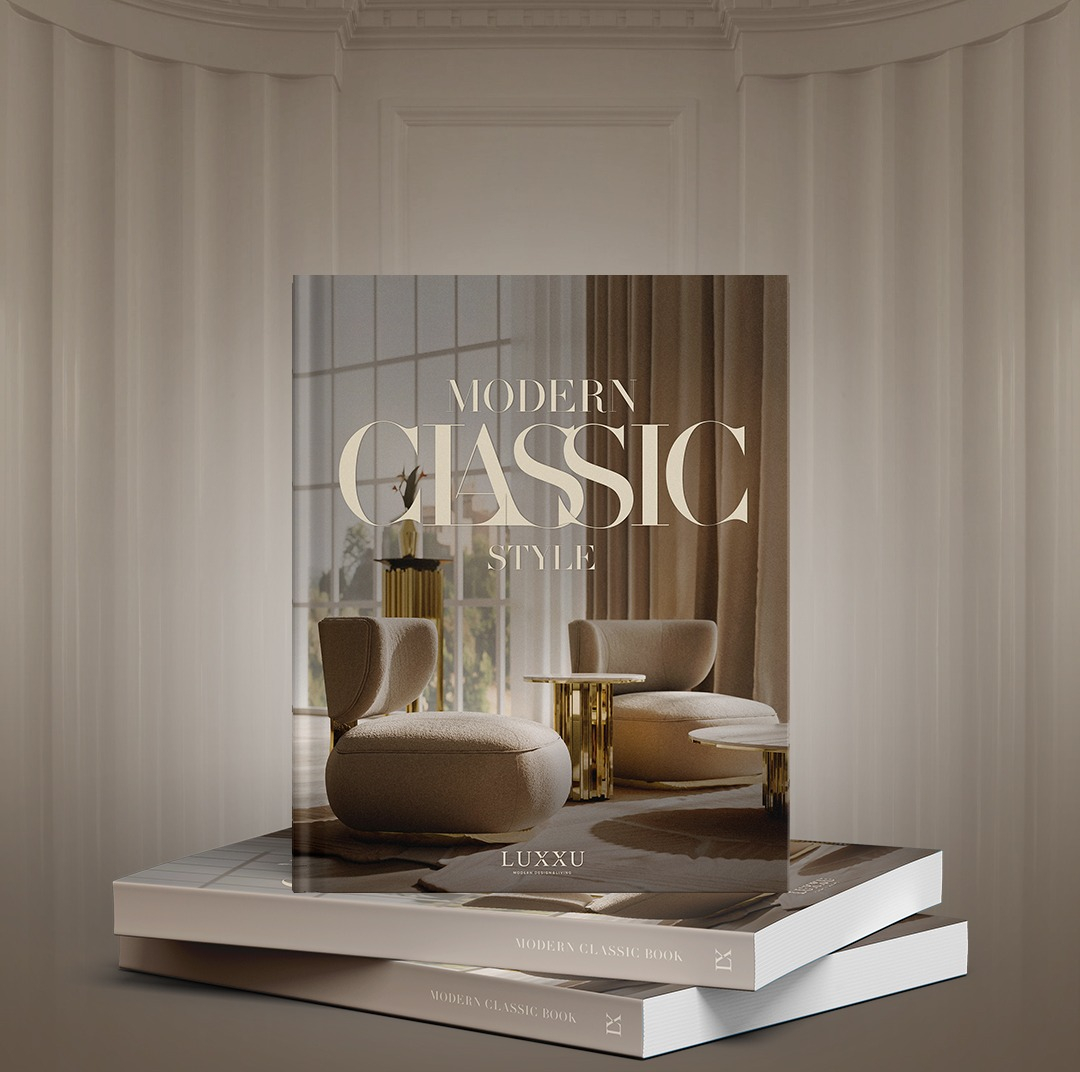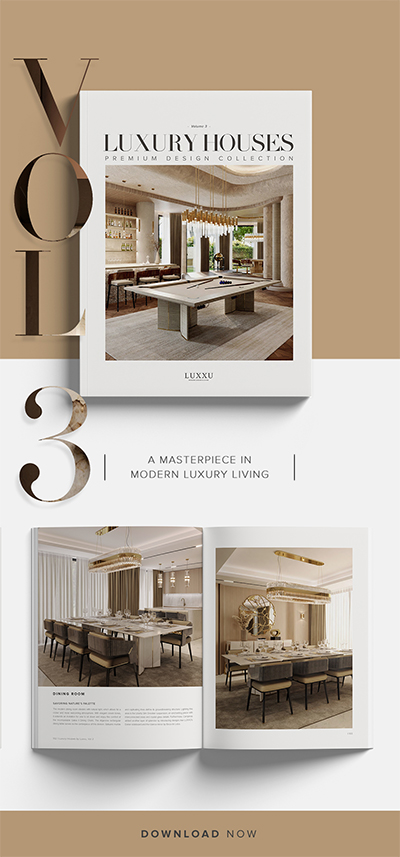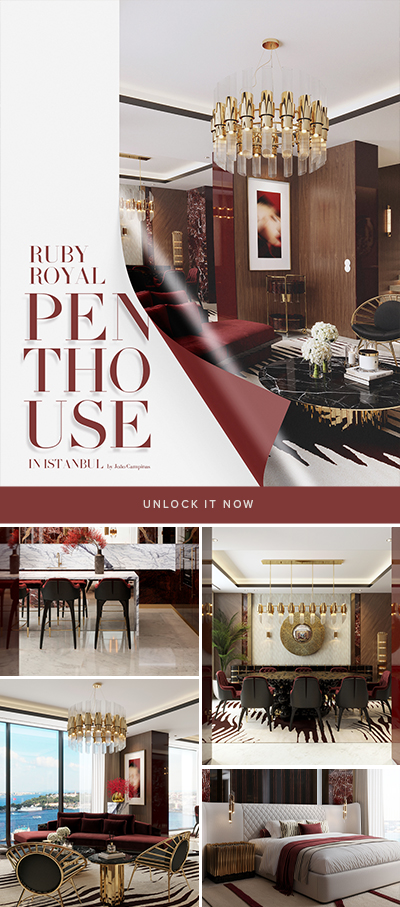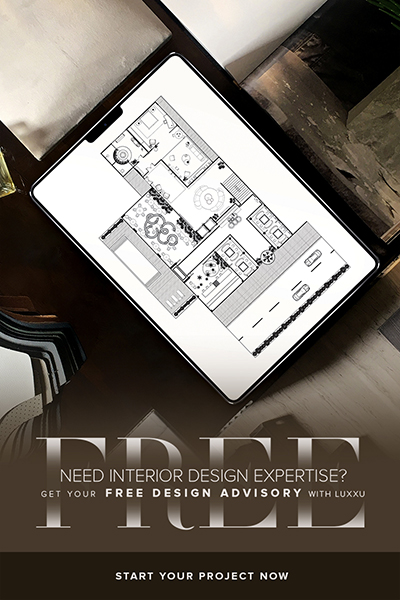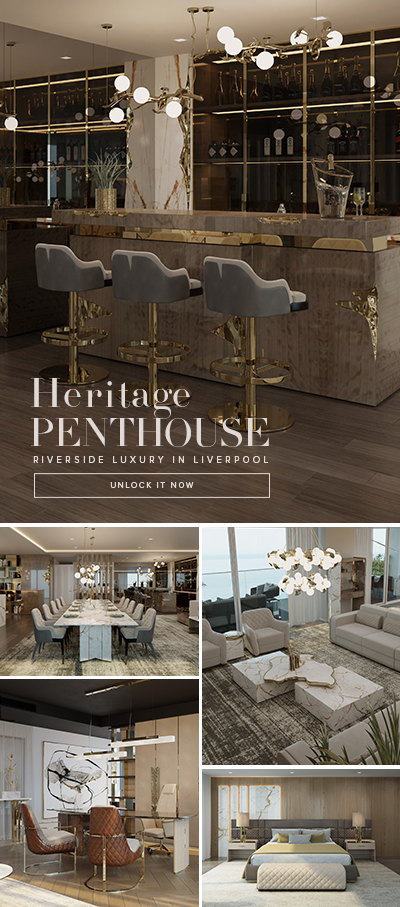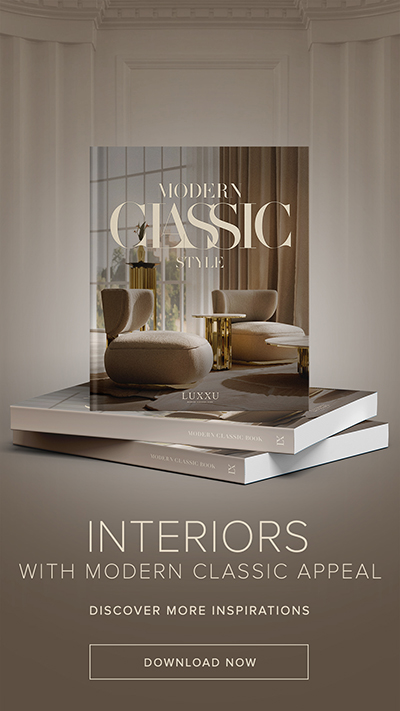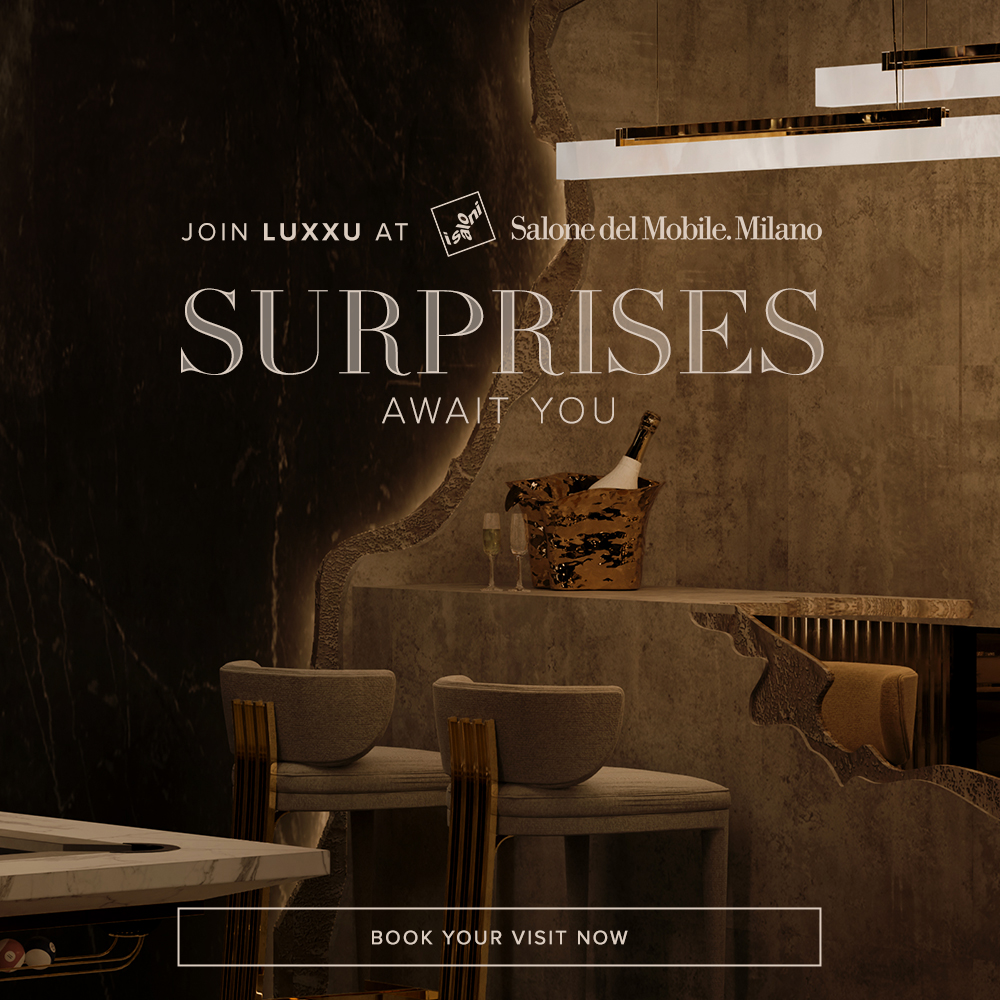Nestled along the pristine shores of the Persian Gulf, Mandarin Oriental Jumeira, Dubai unveils its breathtaking Royal Pe
Transitional Style: Where Traditional Meets Modern
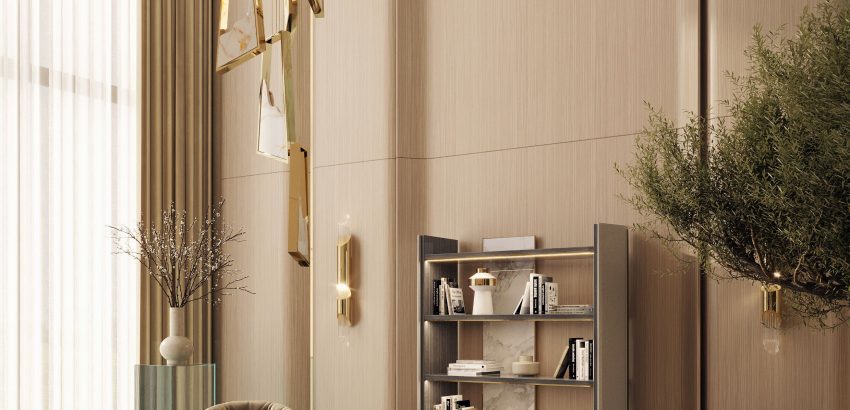
Transitional Style: Where Traditional Meets Modern – Amidst a myriad of interior design styles, the transitional style stands out as a refreshing and invigorating option, combining the best of traditional and modern elements. This versatile aesthetic skillfully harmonizes classic sophistication with contemporary allure, resulting in spaces that exude a timeless yet current ambiance. Transitional design is the perfect palate cleanser, inviting creative exploration and seamless integration of diverse design elements. Discover everything about this design trend in this article by LUXXU Blog.
See also: Organic Modern Decor: Everything You Need To Know About This Trend
Transitional Style
Where Traditional Meets Modern
At its essence, transitional design seamlessly blends contemporary sensibilities with traditional elements, giving rise to interiors characterized by a harmonious tonal, textural, and monochromatic appeal. This versatile style embraces cozy and sleek furniture, neutral color palettes, and subtle touches of ornate embellishments. The allure of transitional spaces lies in their adaptability, as designers have the freedom to lean towards more traditional or modern interpretations while preserving the essence of this flexible and captivating style.
Transcending the fusion of traditional and modern aesthetics, transitional interiors offer designers an unparalleled realm of creative exploration. Liberated from rigid rules, this style embraces diversity and facilitates endless possibilities for growth and change. Serving as a flexible foundation, transitional decor effortlessly accommodates various styles, trends, and shapes, ensuring its timelessness and continuous evolution. While rooted in tradition, transitional design bears a refreshing and contemporary edge, characterized by cleaner lines and softer, more subdued color palettes.
Get the look:
Otto Sofa and Algerone Set Center Table
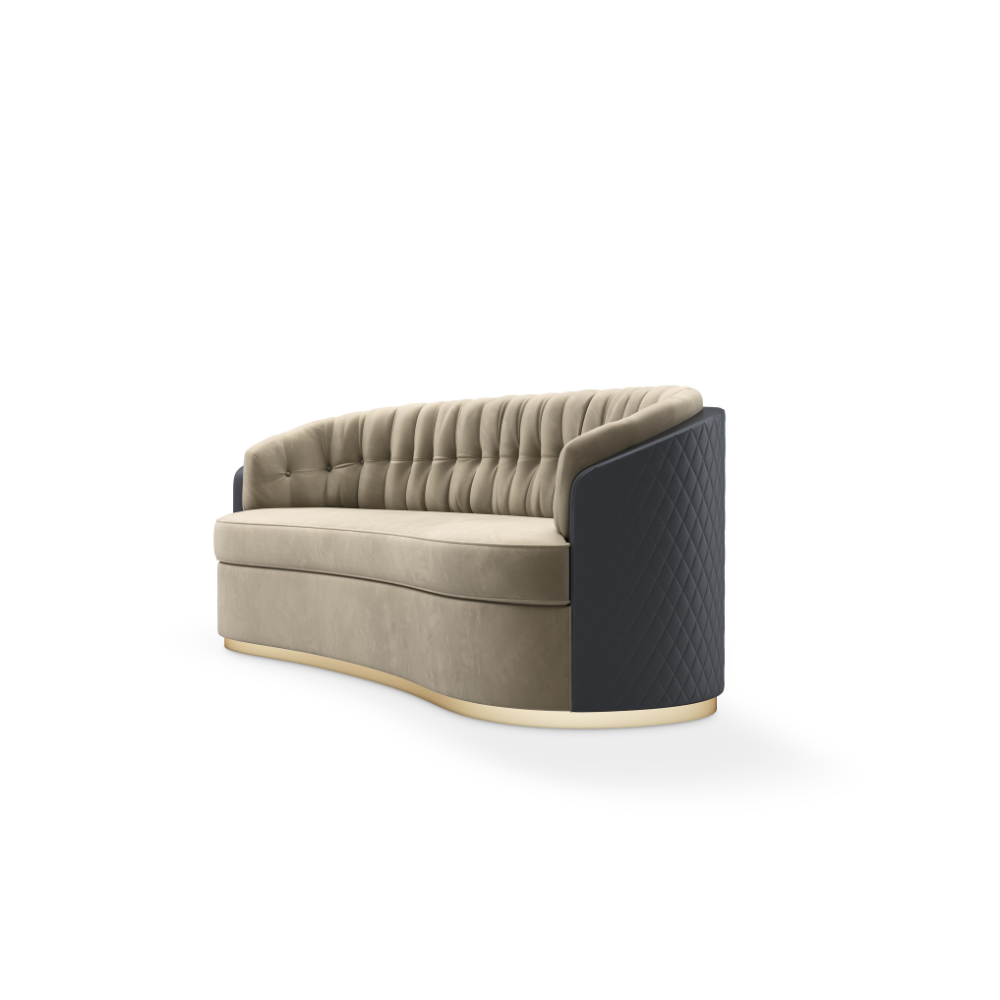
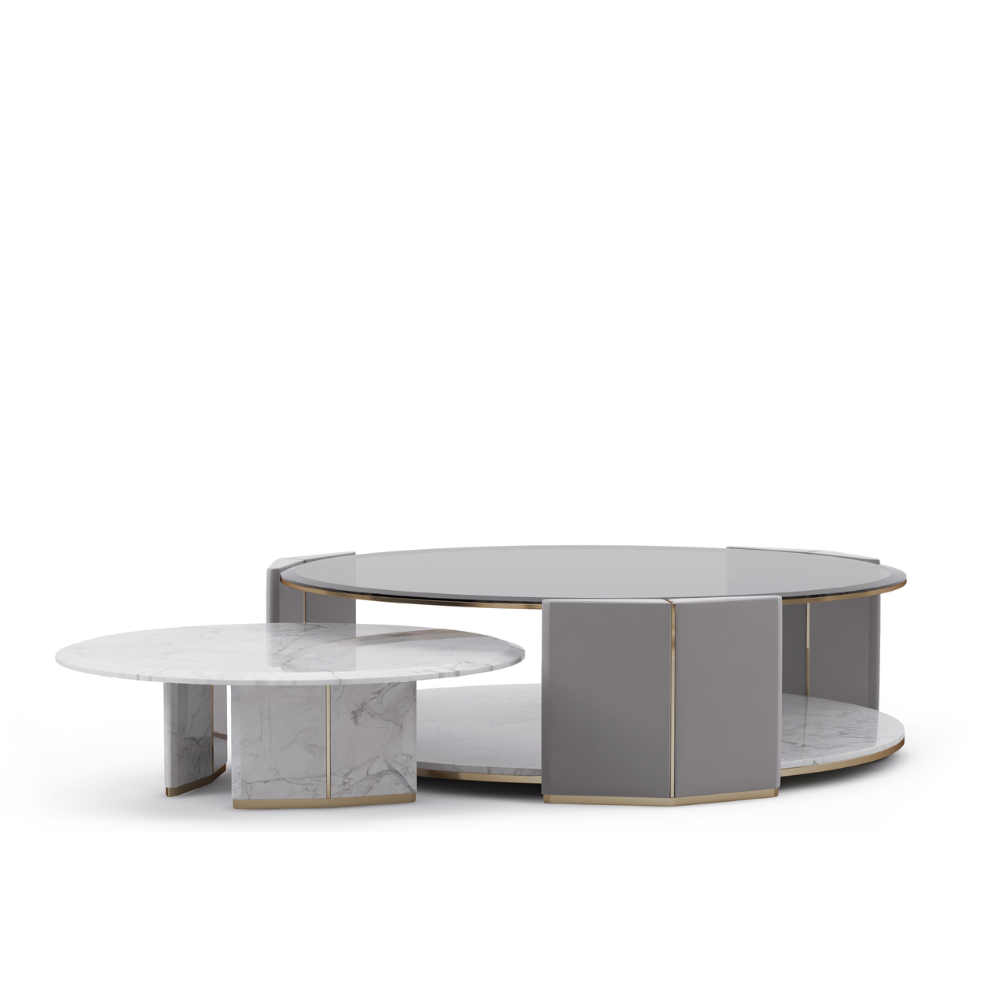
See also: LUXXU Home Stocklist
In the realm of interior design, contemporary design encapsulates the essence of a specific era, while transitional design establishes a timeless sense of space and place. Contemporary interiors boldly blend various popular styles, constantly adapting to the changing times. In contrast, transitional spaces offer a cohesive and enduring ambiance, thoughtfully intertwining elements of color, texture, and shape, even as they gracefully incorporate diverse styles and patterns.
Transitional design exemplifies its versatility through various areas of the home. In the kitchen, you’ll find sleek and streamlined cabinetry adorned with modern finishes, establishing an open and organized environment. The dining room gracefully embraces clean lines, while texture takes center stage through chair upholstery or table linens, adding a touch of sophistication. Moving to the living room, a warm and inviting palette complements the space, enhanced by coarser textiles like rattan or textured rugs, ensuring comfort and style blend harmoniously.
See also: Seven Hills Apartment By João Campinas
To infuse your home with transitional design begin with a well-coordinated color palette that seamlessly flows between various elements. Find shared connections among the furniture pieces and objects you adore, fostering a sense of harmony in your space. Introduce neutral textiles and layer tones-on-tone for added depth and enhance the look with pops of unlacquered brass, greige, and sleek, clean-lined furniture to complete the timeless and stylish ambiance.
Get the look:
Algerone Bed and Liberty Slim Pendant
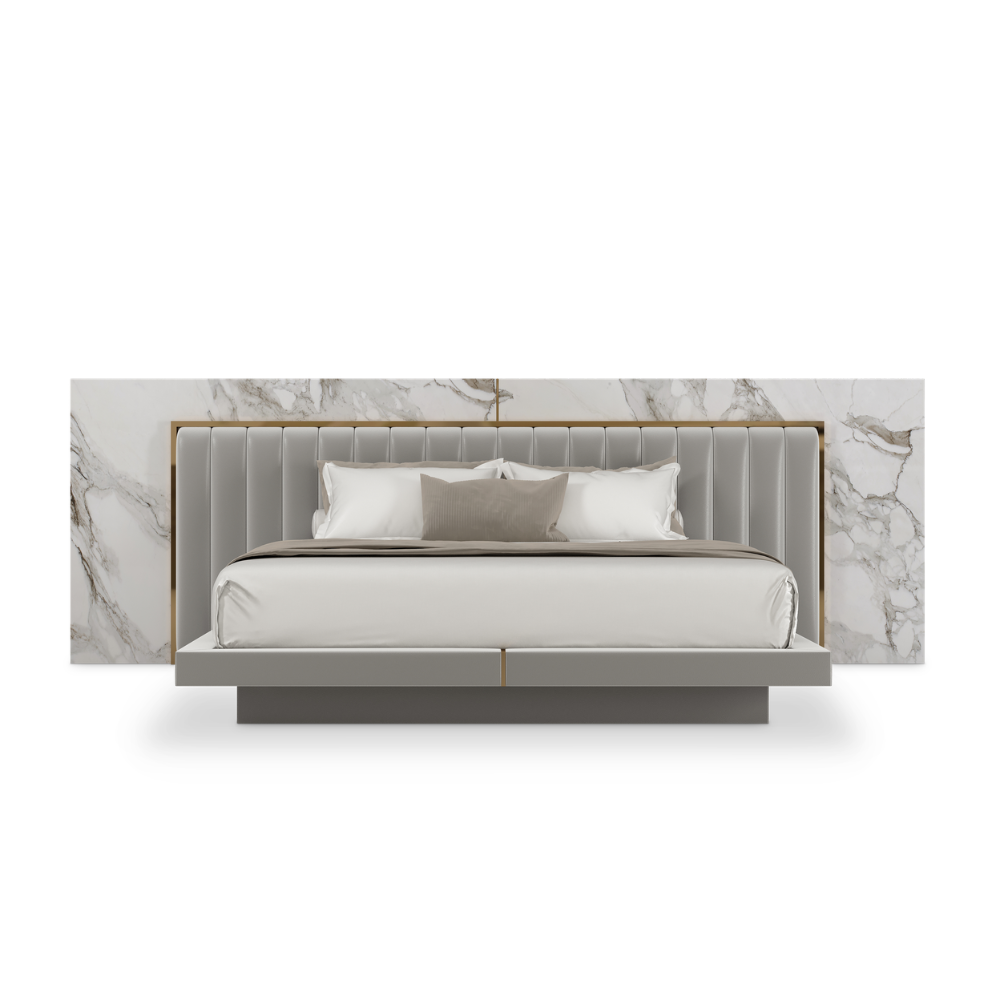
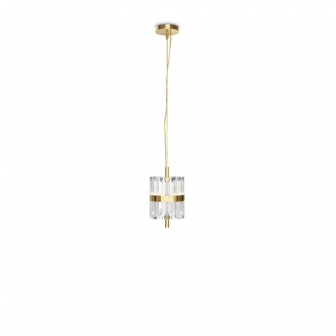
See also: The Art Of Modern Lighting
